Tag: Nordic Larp Yearbook
-

Last Will – Make Us Your Slaves, but Feed Us
In the end they will lay their freedom at our feet, and say to us, “ Make us your slaves, but feed us. Last Will is a larp on the subject of a fading human dignity in a world run by money and consumption in which people can be bought and sold as commodities. The
-
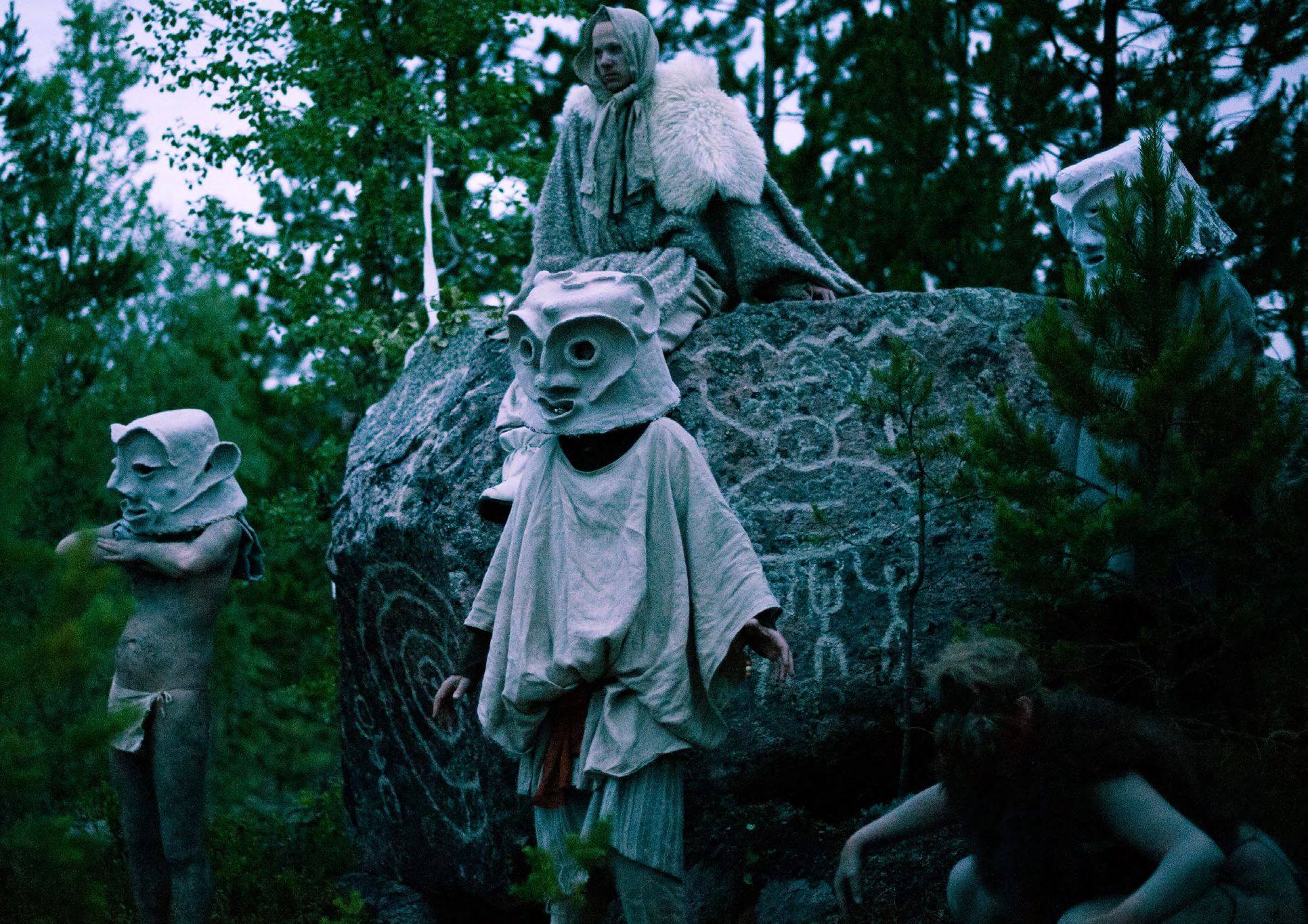
KoiKoi – Drums! Rituals! Inaction!
In July of 2014 we invited 75 players from around the Nordic countries to a wilderness camp in Finnskogen, Norway, in order to give life to a fictive hunter-gatherer society. For four days and three nights they sang, slept, woke, wept, ate, drank, drummed, flirted, chanted, and performed the ceremonies as men, women and nuk
-
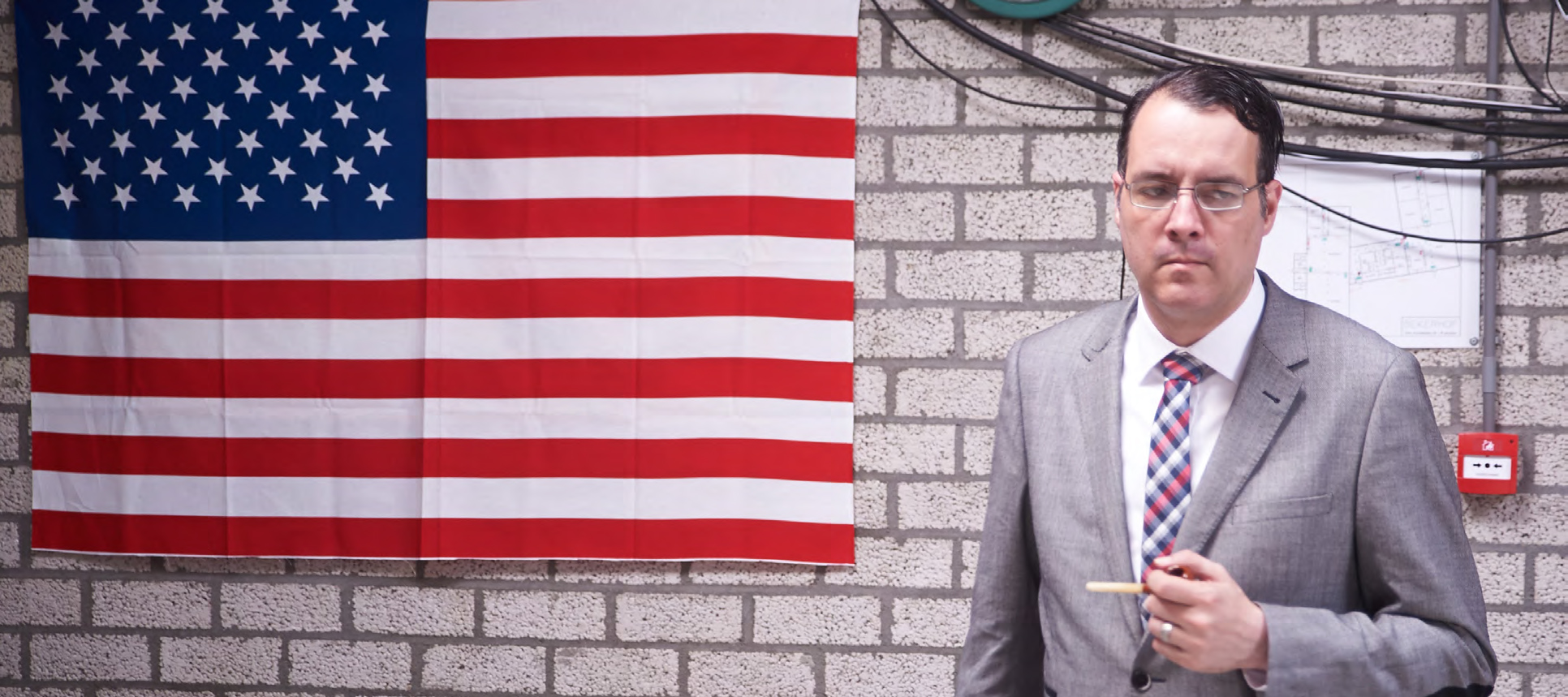
Exit 3: The Bunker – Claustro-drama
In July 2014, 30 players in the Netherlands split into two groups of 15 and allowed themselves to be all but locked up during two of the hottest days of the week. They were playing a larp game called Exit, the third installment in a series exploring interpersonal tension in enclosed spaces. This game was
-
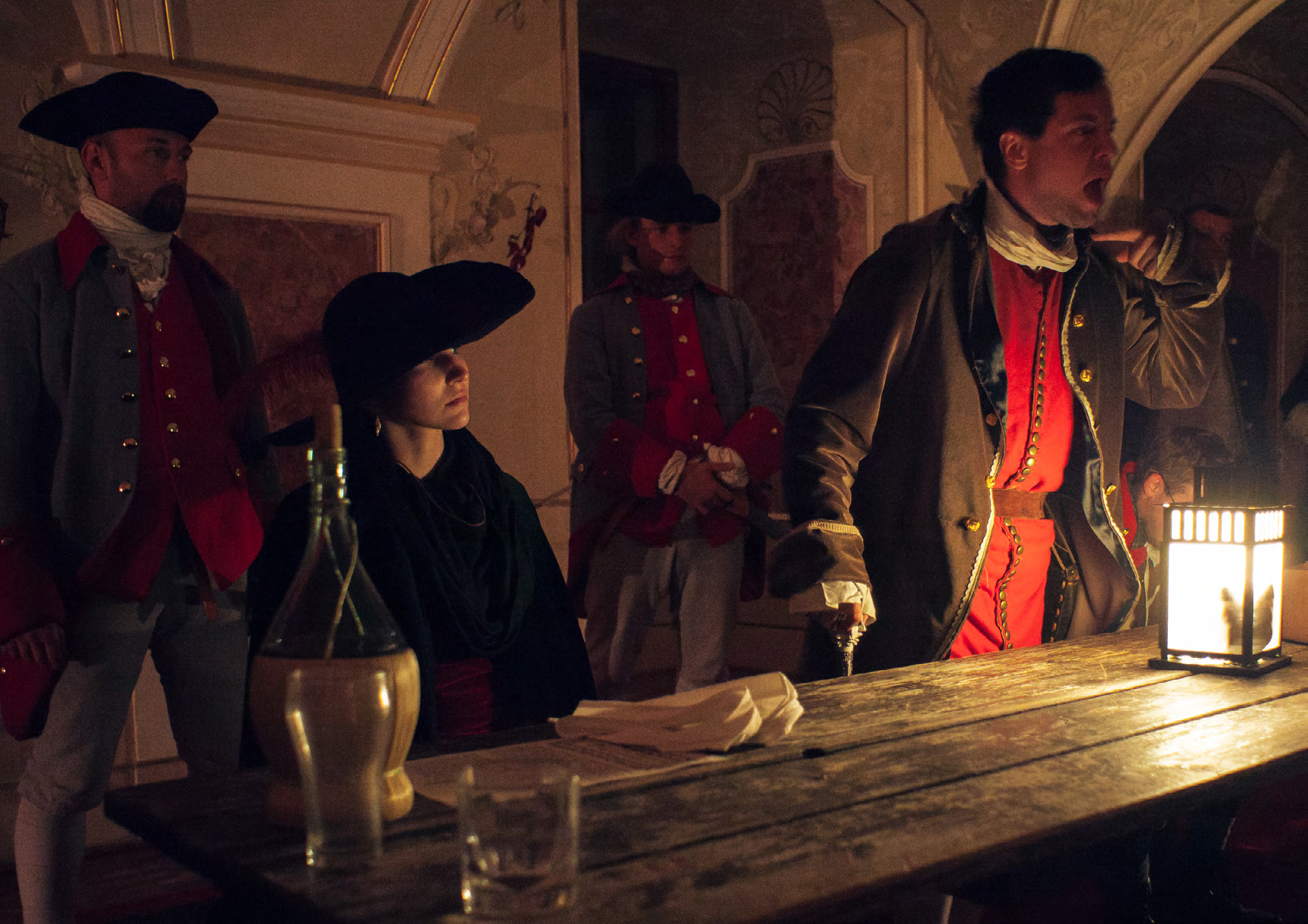
De la Bête – An Expensive Beast
The beast I saw resembled a leopard, but had feet like those of a bear and a mouth like that of a lion. The dragon gave the beast his power and his throne and great authority. Revelations, 13:2, the Bible (New International Version) De la Bête (About the Beast) was a larp for 95 players,
-
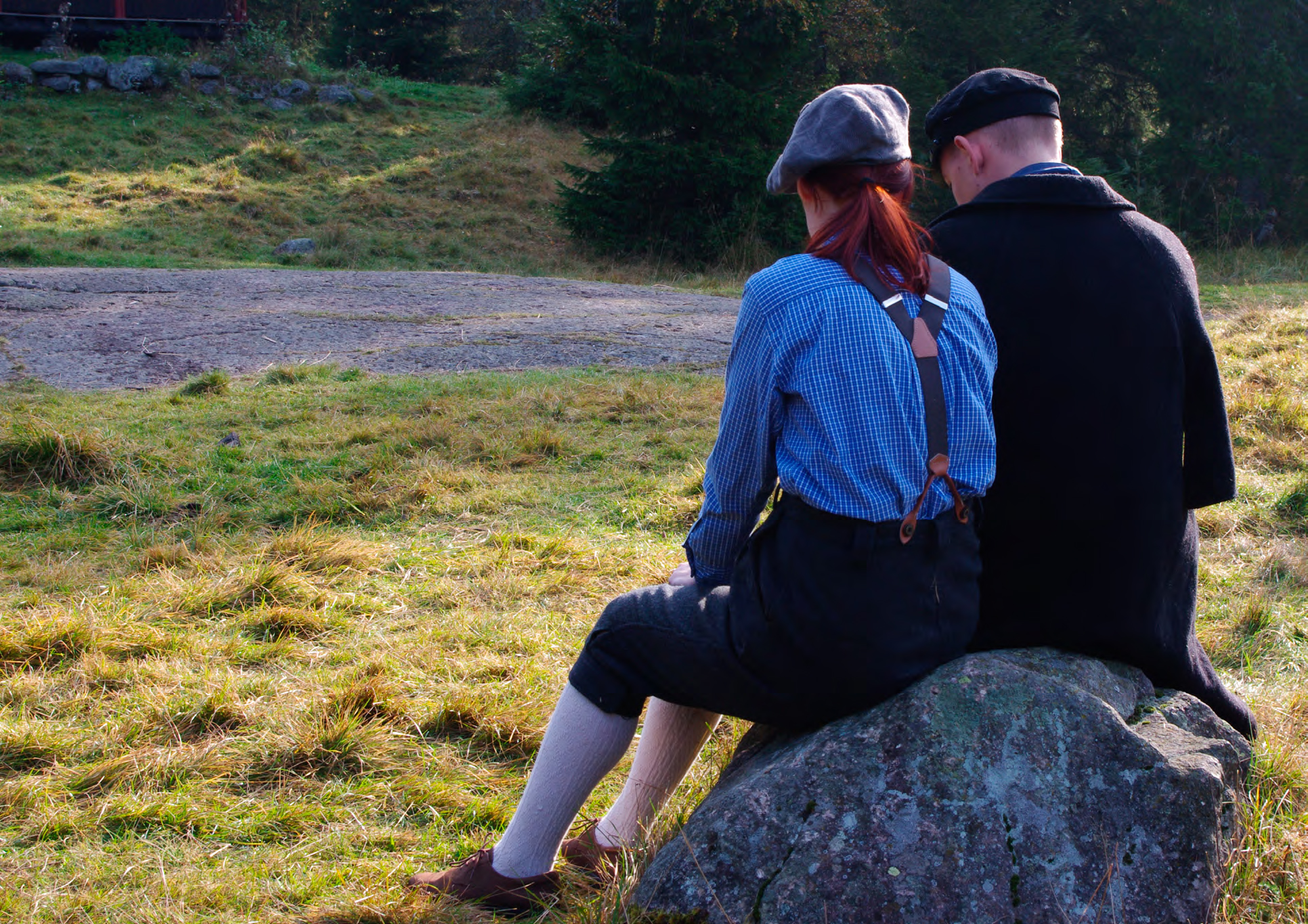
Brudpris
Brudpris (Bridal Price) is set in Berge, a rural village in the fictional Mo culture. The culture of Mo is inspired by Nordic rural 19th century aesthetics. They live isolated from the outside world according to their strict patriarchal honor culture.
-
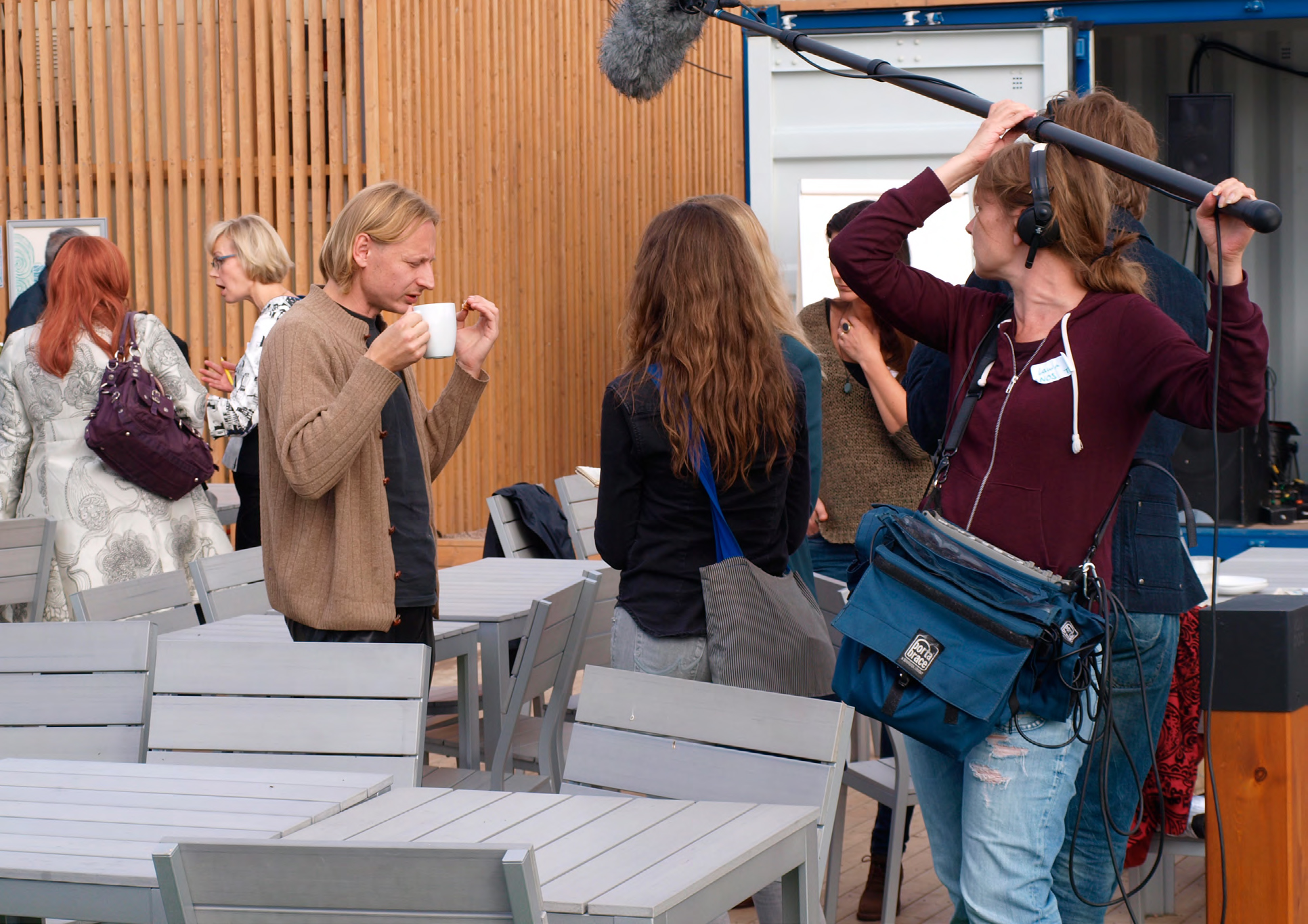
Baltic Warriors: Helsinki
Baltic Warriors: Helsinki was the first in a hopefully longer series of political larps about environmental issues related to the Baltic Sea, and especially to the way oxygen depletion in the water can lead to “dead zones” in which nothing lives. These are caused by many different things, but one culprit is industrial agriculture.